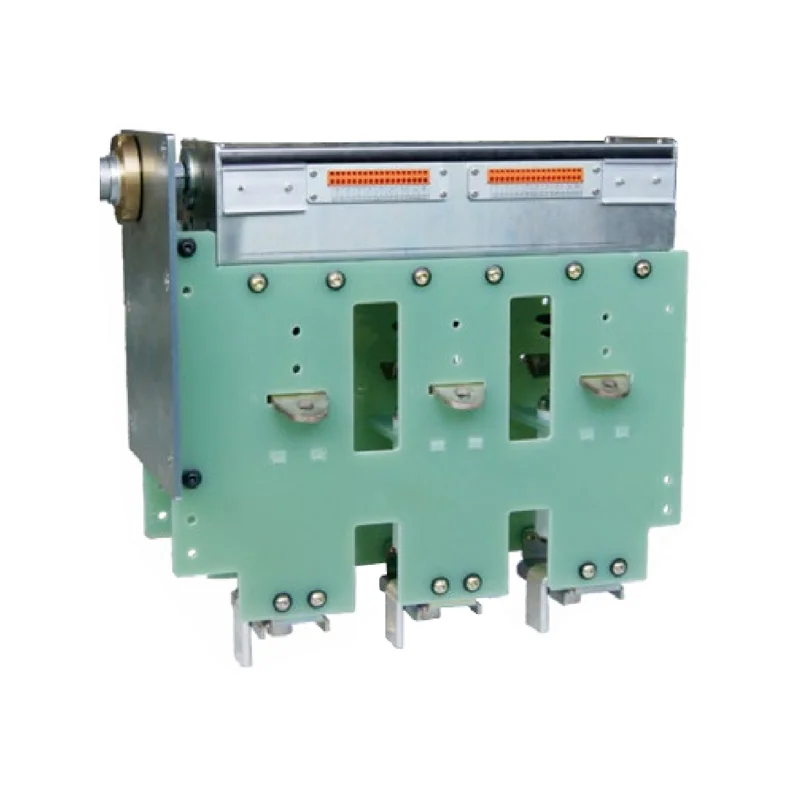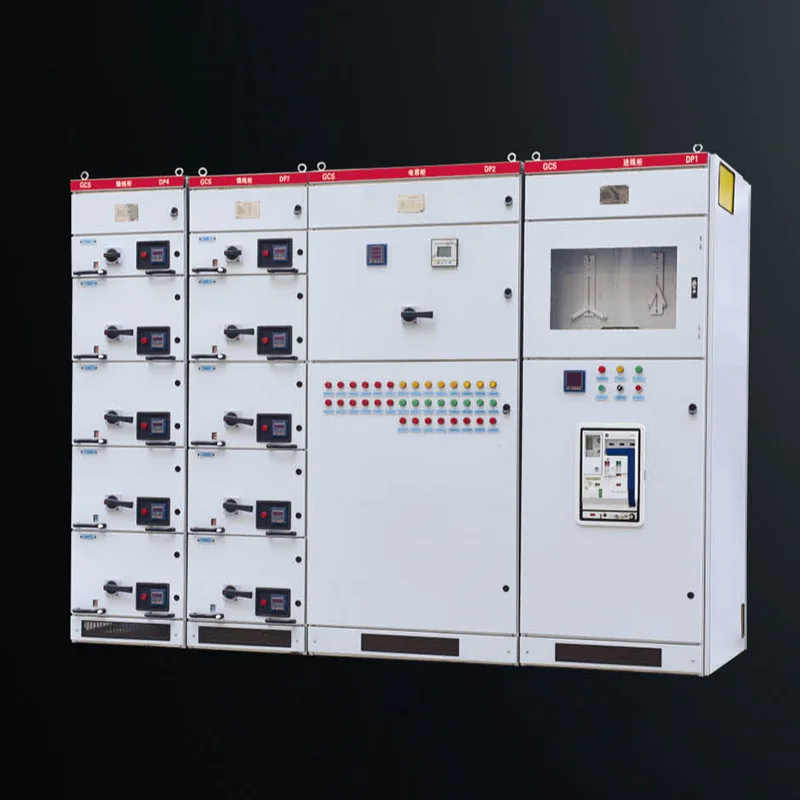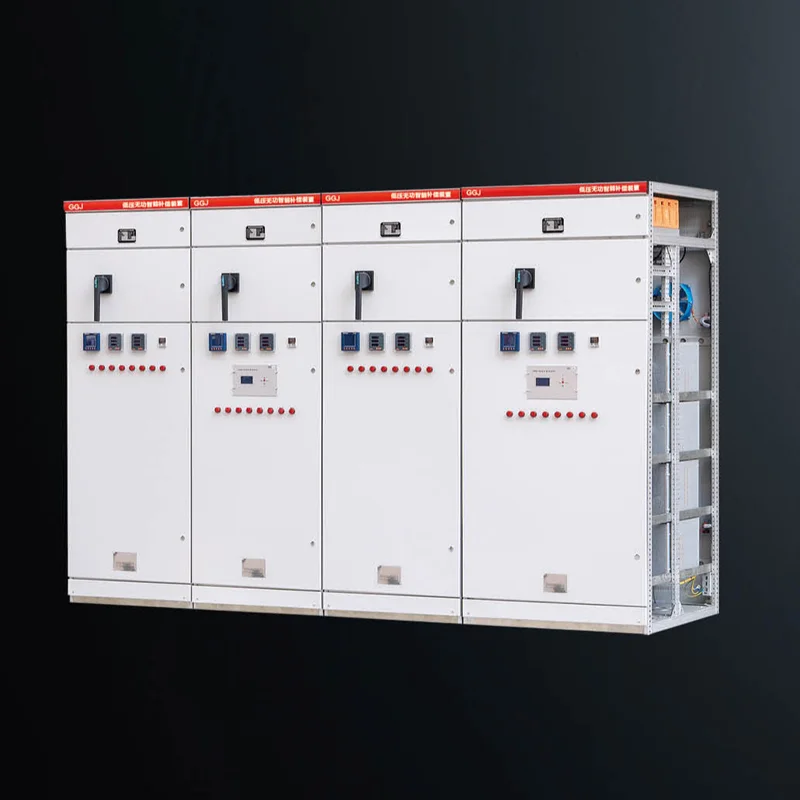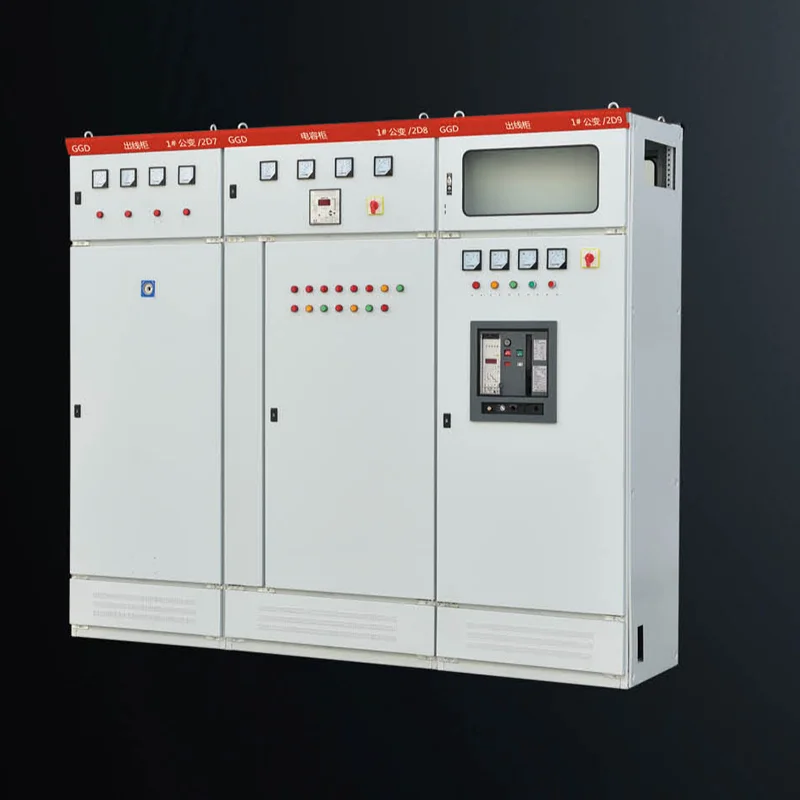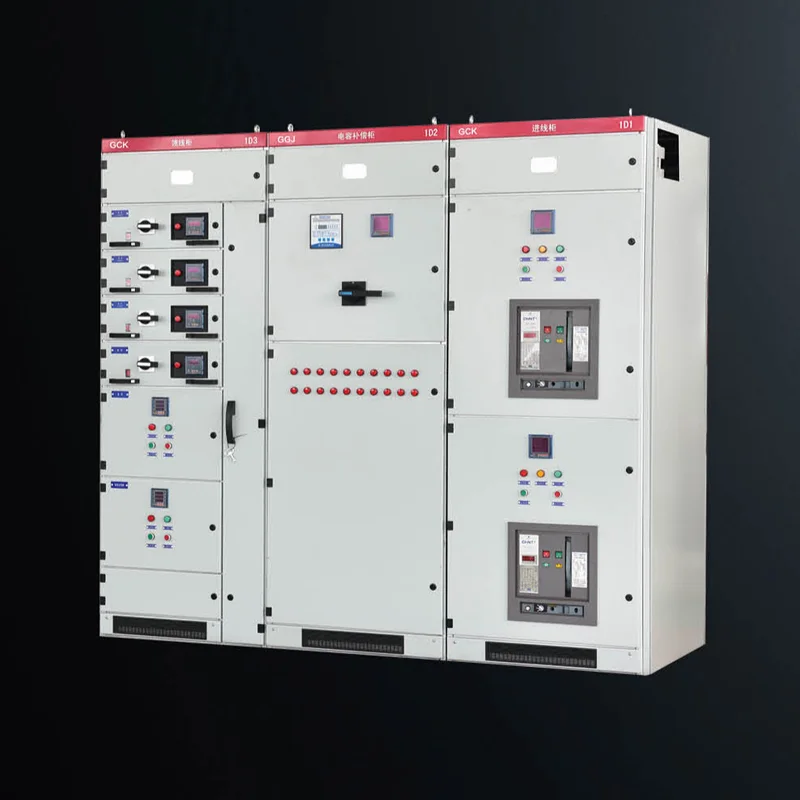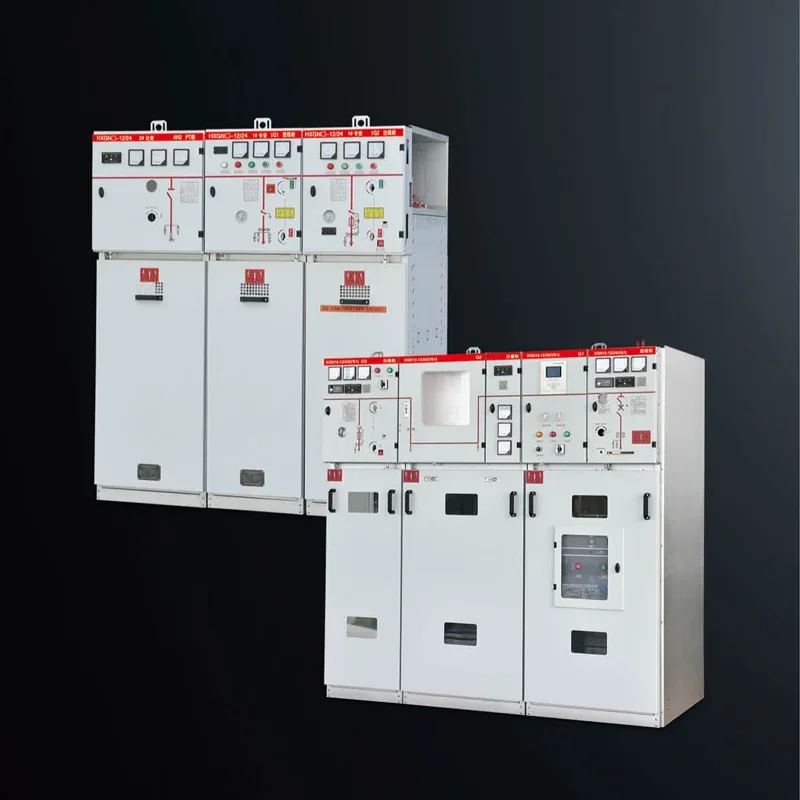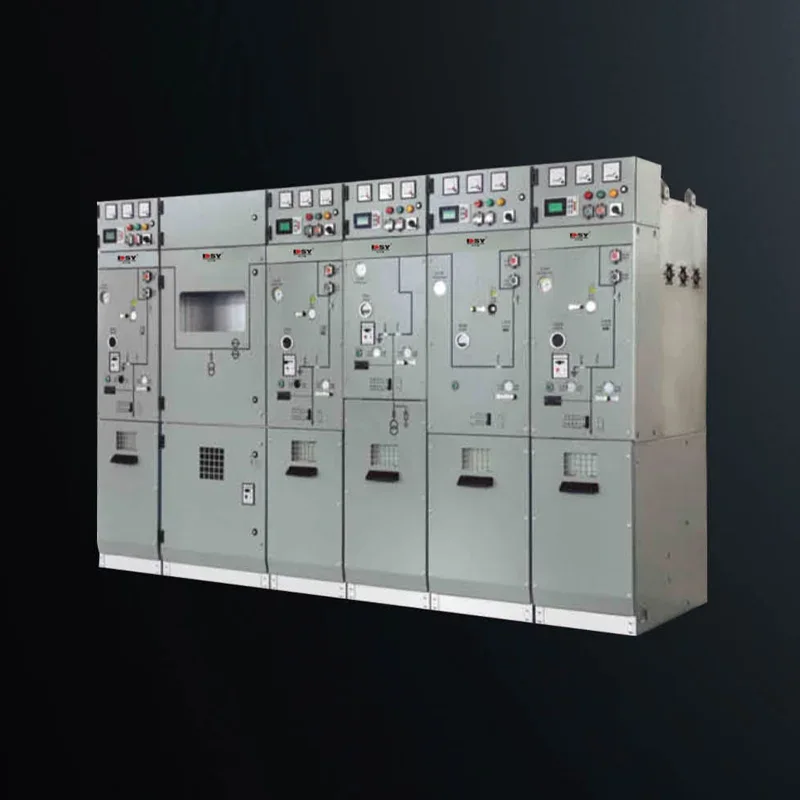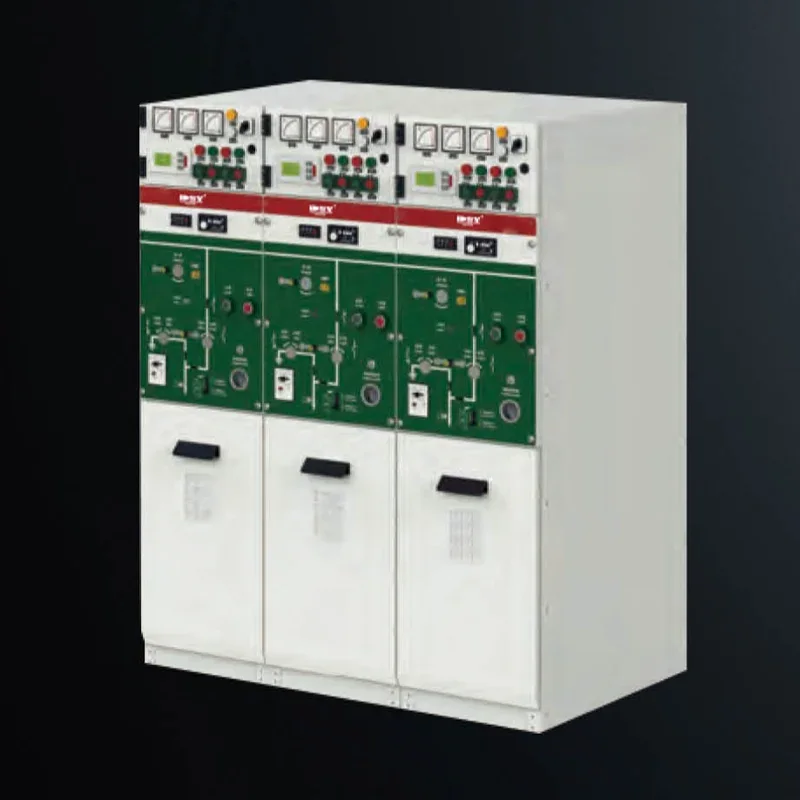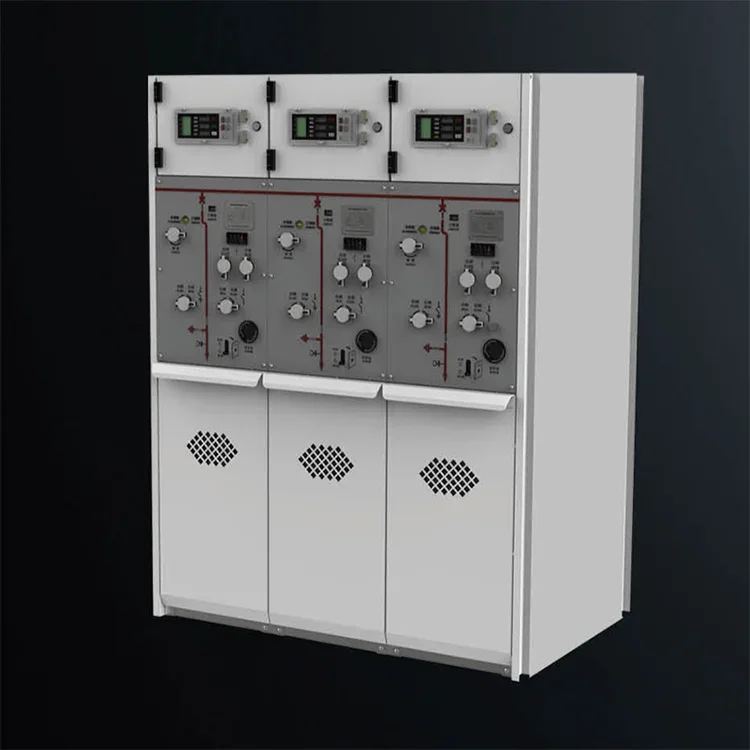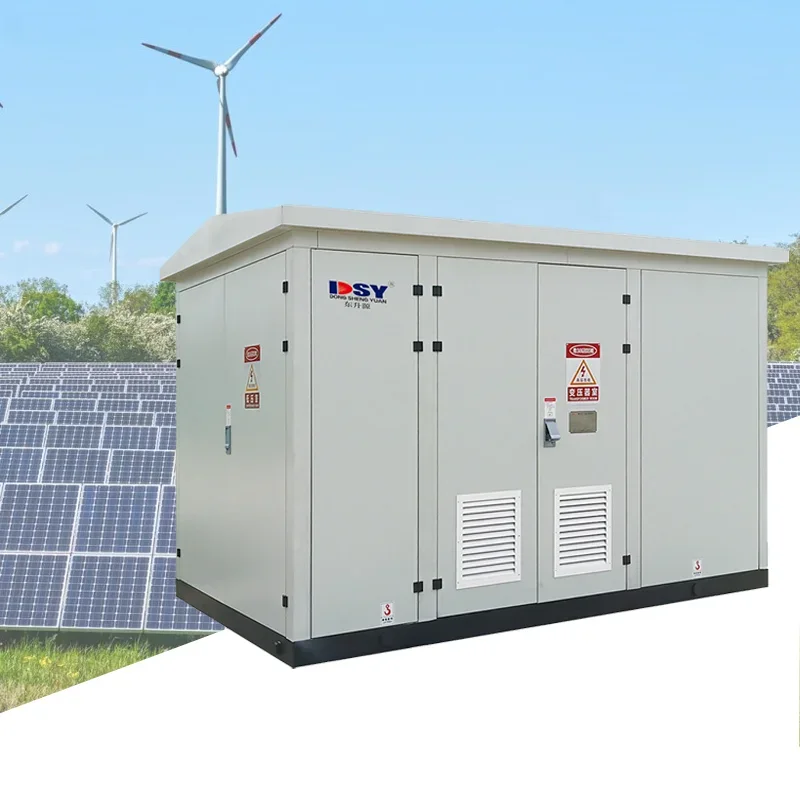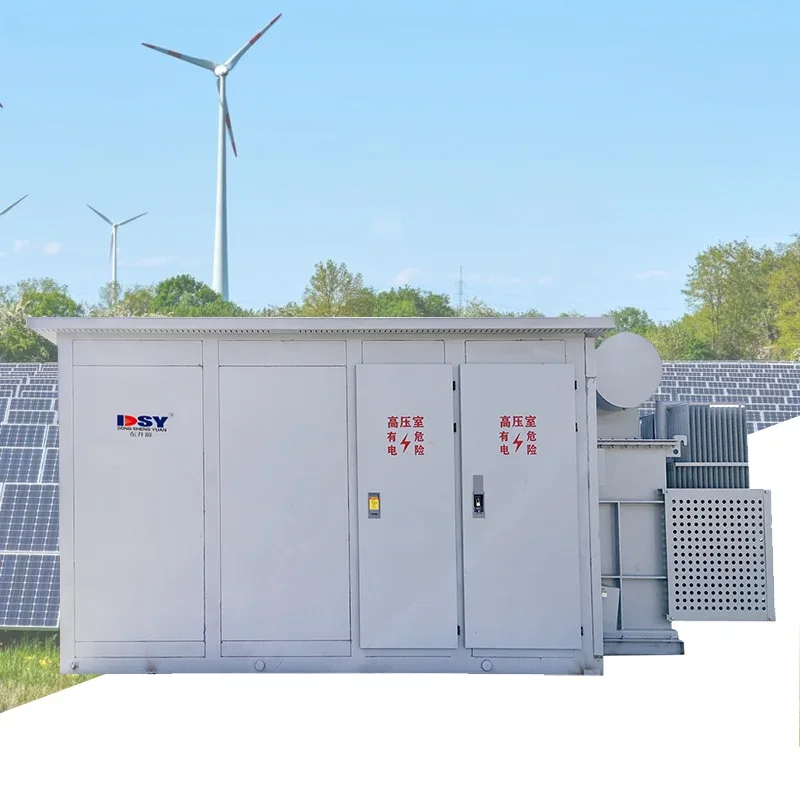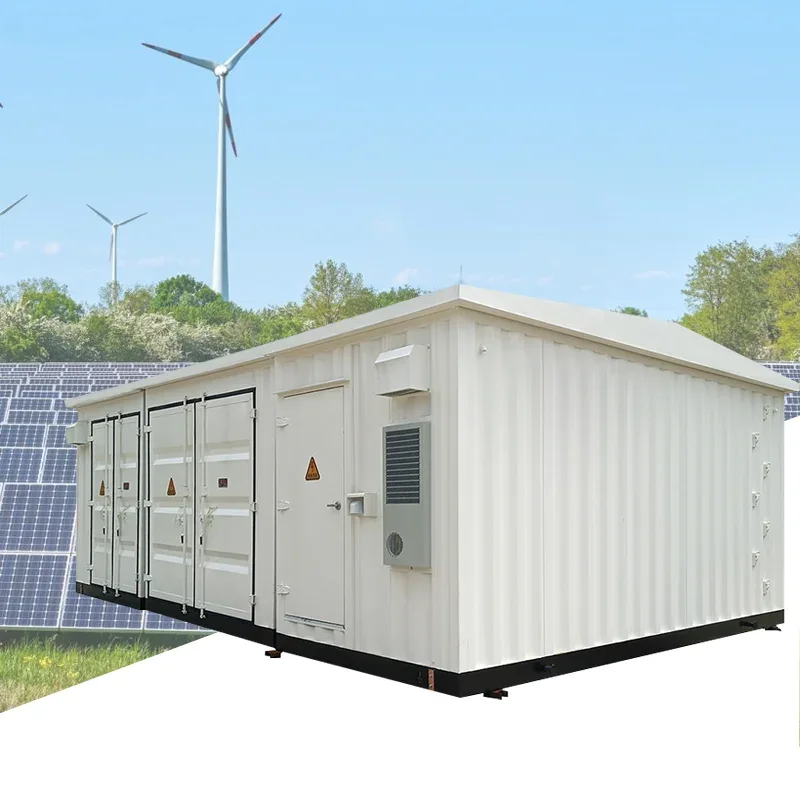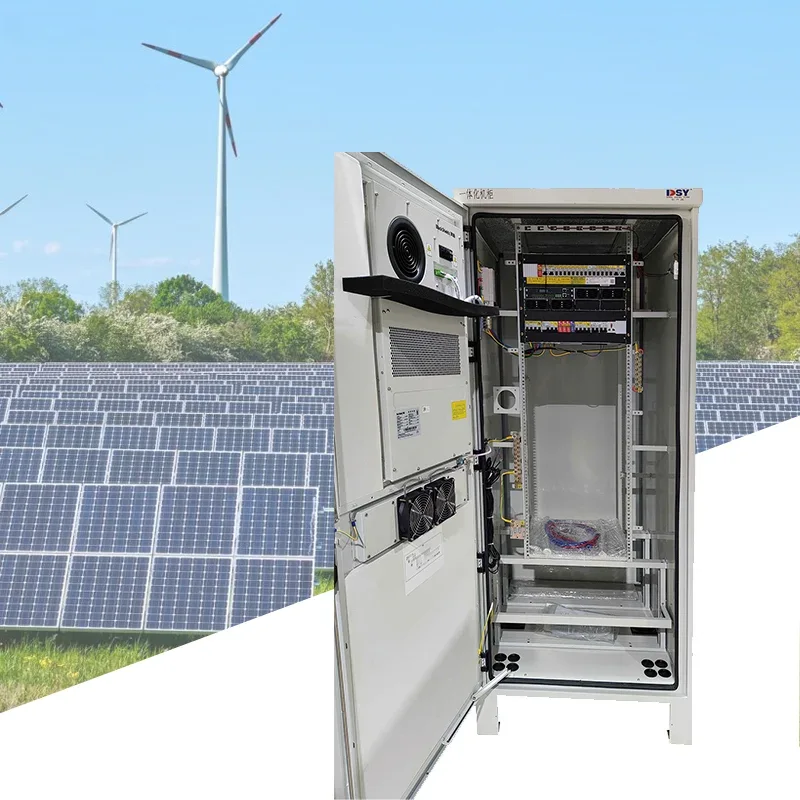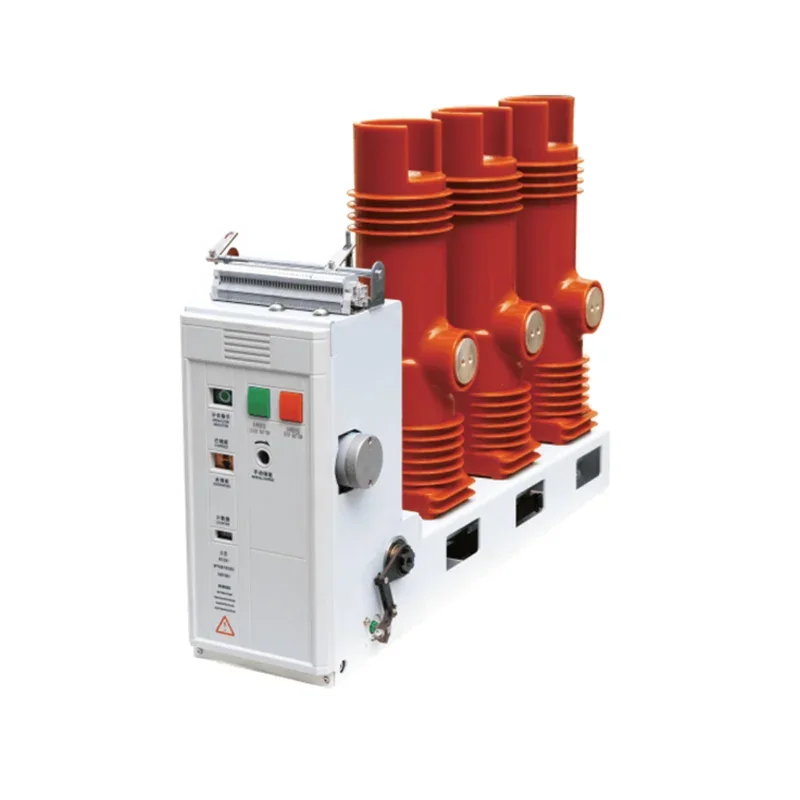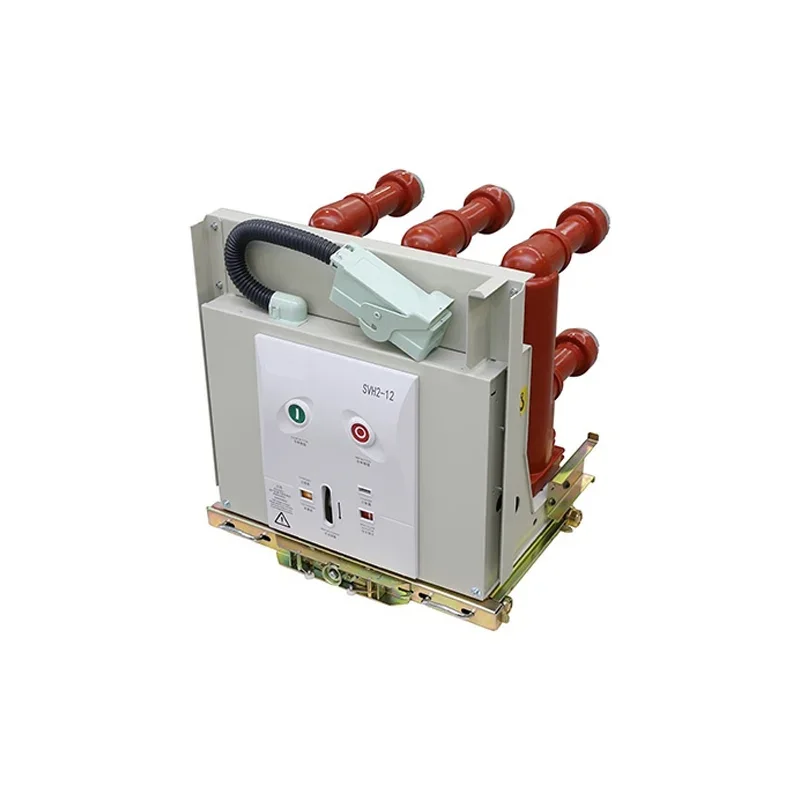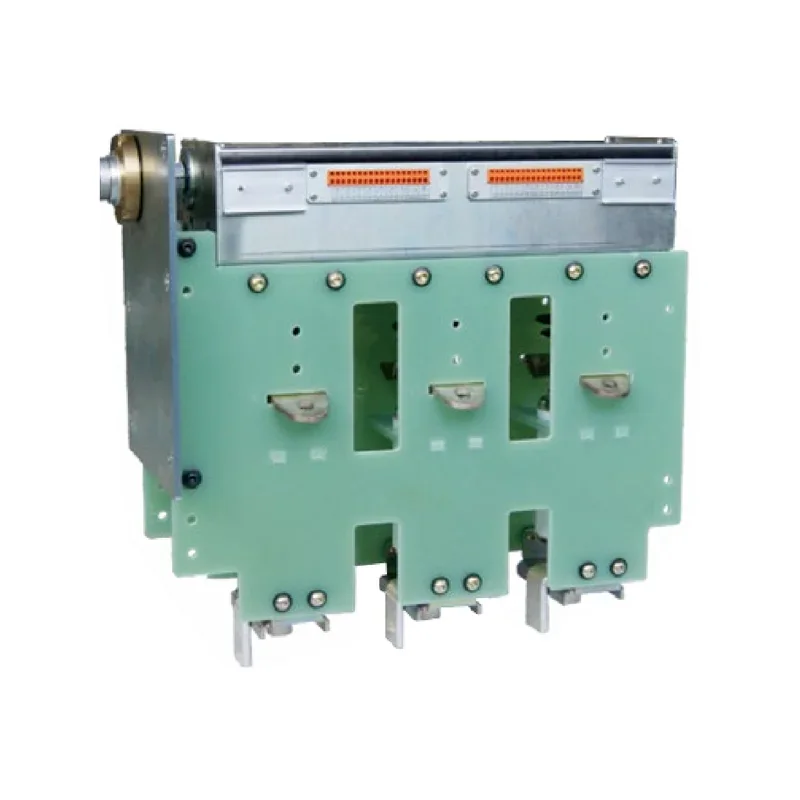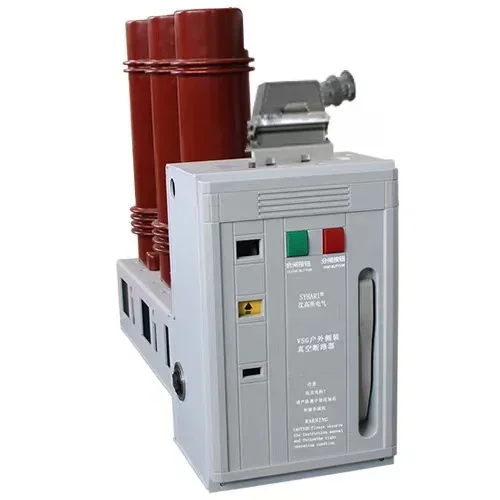Understanding LV Switchgear: Essential Components of Low Voltage Electrical Systems
LV switchgear, or low voltage switchgear, is a critical component in electrical engineering, particularly in the realm of low voltage electrical systems. This type of switchgear is designed to control, protect, and isolate electrical equipment. Typically, LV switchgear operates at voltages below 1,000 volts. It plays a vital role in managing power distribution and ensuring the reliability of elect
Jul 16,2025
One of the primary functions of LV switchgear is to provide protection against electrical faults. This can include overloads, short circuits, and ground faults. By automatically disconnecting faulty equipment from the power supply, LV switchgear helps to prevent damage to both the electrical system and connected devices. This protective function significantly enhances the safety of electrical installations and minimizes the risk of fires and electrical shocks.
Moreover, LV switchgear facilitates the control of electrical circuits. It allows operators to switch on and off different circuits as needed, providing flexibility in power management. This is particularly important in dynamic environments where electrical loads can fluctuate. For instance, in industrial settings, LV switchgear can be utilized to manage power distribution to various machinery, ensuring that they operate efficiently without overloading the system.
In addition to protection and control, LV switchgear is also integral to the isolation of electrical circuits. Isolation switches ensure that maintenance personnel can safely work on electrical equipment without the risk of accidental energization. This is crucial for maintaining safety standards and protecting workers in environments where high voltage equipment is present.
Components of LV switchgear typically include circuit breakers, contactors, fuses, and isolators, among others. Each component serves a unique purpose, contributing to the overall functionality and reliability of the switchgear. For instance, circuit breakers automatically interrupt the flow of electricity in the event of a fault, while contactors are used to control the flow of power to specific loads.
In conclusion, LV switchgear is an indispensable part of low voltage electrical systems. Its ability to provide protection, control, and isolation enhances the safety and efficiency of electrical distribution, making it a cornerstone of modern electrical engineering. Understanding the role and functionality of LV switchgear is essential for anyone involved in the installation, maintenance, or operation of electrical systems. By ensuring that these systems are equipped with reliable LV switchgear, organizations can safeguard their electrical infrastructure and promote a safe working environment.
Related News
From June 5th to 8th, 2025, Shenzhen Dongshengyuan Electrical Equipment Co., Ltd. (hereinafter referred to as "Dongshengyuan Electric") participated in the Southeast Asia Electricity and Energy Exhibition (SEAPAE) held in Jakarta, Indonesia. During the exhibition, the company highlighted its three core product lines: high-voltage and low-voltage distribution switchgear, intelligent circuit breakers, and environmentally friendly load switches. These products are designed to provide targeted solutions for the high temperature and high humidity environments commonly found in Southeast Asia, as well as the growing demand for new energy access. They have successfully attracted over 200 industry customers for business negotiations.
The difference between circuit breakers and vacuum circuit breakers
Circuit breaker is an abbreviation for pole type circuit breaker. Circuit breakers are also vacuum circuit breakers

